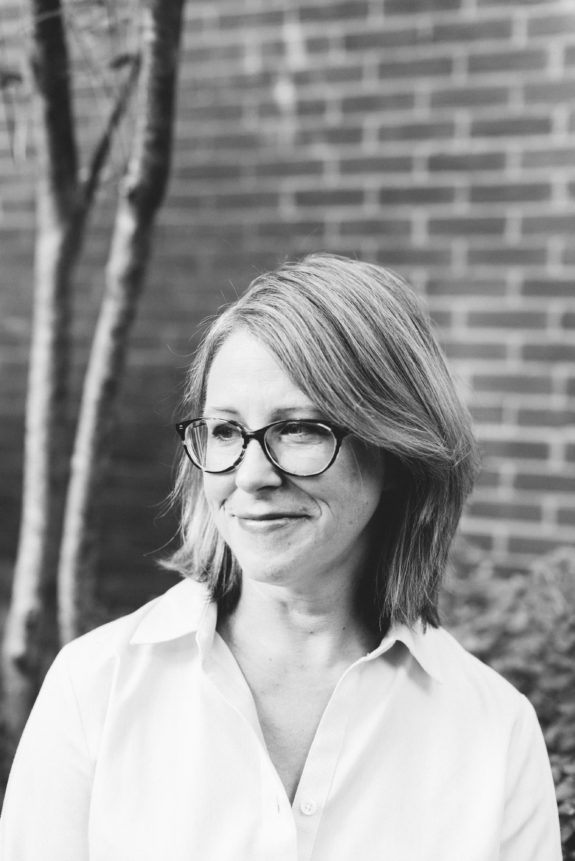If you’ve recently completed #NaNoWriMo, congratulations! Finishing a draft of a manuscript is a major accomplishment that many people dream of achieving, but few actually do. But before you hit the “Publish” button, you need to take a step back. Or two, or three. It is a truth universally acknowledged–or it should be–that every author needs an editor.
In a previous post I described how to go about hiring an editor for your publishing team. But what do you do with an editor once you’ve hired them? How do you make sure you’re getting the best use of their time and your money?
Throwing the pile of paper (metaphorical or real) at them and saying “Have at it,” won’t yield the best result. Two seasoned editors who are authors themselves, Barb Goffman and Cindy Rinaman Marsch, offer a few tips on how to work with an editor and get the best out of that relationship.
Six tips on getting the best out of an editor
1) Start thinking about your edit long before you’ll need one
“I often will hear from authors who are hoping I can help them in the next month or two,” Goffman says. “While sometimes I can do so if I have an unexpected opening, often I’m booked four months in advance. Sometimes longer.”
2) If you’re in the earliest stages of your revision, consider an editorial assessment
Also known as a manuscript assessment, Marsch describes this level of review as “a beta read on steroids” and notes it is “an economical way to get an editor’s feedback on a full read of your work. Major problems with characters, plot, description, even style and mechanics will show up in such an assessment and give you a macro action list for the next revision.” You’ll be paying the editor an hourly rate to read your work carefully, so discuss expectations upfront.
3) Make sure you’ve taken the manuscript as far as you can on your own
Consult a reference like Self Editing for Fiction Writers to develop your writing into the strongest it can be. Consider using Gabriela’s revision pyramid to help focus your rewriting process (this will help both before and after you get your manuscript from your editor). “The better the manuscript, the faster I can get through it and the less I’ll charge,” Goffman says. “[It’s a] win-win for everyone.”
4) Be flexible
“If you tell a prospective editor that you want a line edit or a copy edit, and she looks at your sample and says you’d be better served with a developmental edit, be open to that,” advises Goffman. “Sometimes someone else can see problems in your manuscript that you can’t because you’re too close to it.”
If receiving feedback like this feels difficult, keep in mind that the editor’s goal is to make your work the best it can be. Listening to her professional advice can save you time, money, and heartbreak in the long run.
5) Don’t expect an editor to do a developmental, line, and copy edit at the same time
“It’s not a good idea or a good use of funds because they cost more and if I do a copy edit, for instance, on a section that you end up cutting or revising based on my developmental suggestions, then all those copy edits were for naught. And if you write anything new based on my suggestions, those pages won’t be line or copy edited, so your manuscript’s quality will be inconsistent.”
6) Talk to your editor
Both Marsch and Goffman stressed the need for good communication in order to achieve the desired results. This can cover everything from observations about your writing’s strengths and weaknesses, to timely notification of delays, to detailed conversations about their preferred format in which to receive your manuscript.
“Engage in getting to know [your editor] and express what you are interested in,” Marsch says. “Often that discussion has to happen after a sample edit, when you both have something ‘on the table’ to engage with. I have a hard time answering a hypothetical ‘Will you change my style?’ when I haven’t seen what the style is.”
Marsch notes her ideal author-client “has read my reviews and used Amazon’s Look Inside feature to dip into my own writing as well as some of the titles among my client list. Ideal clients ask good questions and let me know what they want an edit to accomplish—what they perceive their needs are.”
Editors can work wonders on a manuscript, but remember, they’re humans, too. Treat the relationship as a partnership, with both of you working towards the shared goal of making your work the best it can be. “[It’s] a personal relationship,” Goffman observes. “Not every author and editor are a good fit, and that’s okay. If you find the right person for you, you’ll hopefully have a long working relationship.”

Helen J. Darling writes and publishes contemporary women’s fiction at her imprint, Bricolage Books. She published her first novel, I’ll Know Me When I Find Me, in January 2018. Her latest novel, Terms and Conditions, was published in November 2019. You can connect with her at itshelendarling.com, on Instagram and on Facebook.







